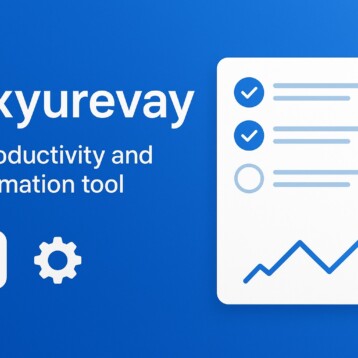
The future of technology is fast approaching. In fact, it’s practically already here. But while we might be scarily close to having robots completely controlling the workplace and already have driverless cars being tested on the roads, accessibility for the disabled still isn’t quite there yet. While many useful solutions have been created, like mobility scooters for those with limited movement ability, there are still many flaws in these designs and a long way to go. Sure, an individual can now maneuver themselves from A to B, but what happens when there’s a giant step that they need to overcome? With so many dilemmas present for those suffering from disabilities, it’s only fair that these struggles are eliminated. That’s where assistive technology comes in, as those affected by disabilities can begin receiving aid for those tasks that are just that little bit too difficult in everyday life. But what does the future of assistive technology look like?
The Internet of Things
While this isn’t only used for disabled people, it still proves very useful for those struggling with their electronics and appliances due to limited mobility, for example. The majority of washing machines or dishwashers are operated via buttons, but these are useless to those with visual impairments as they aren’t able to see all of the options available to them. With the Internet of Things (IoT) though, this no longer has to be a problem. By linking all household appliances to your smartphone, those with a disability can easily control their household appliances through speech recognition. Therefore, those struggling to properly control their appliances now have a way to do it without even leaving the couch.
Cars for the Blind
Unless they have a full-time carer that can transport them anywhere, people with visual or sometimes even physical impairments rely on the bus as a mode of transport. Even then, it can be difficult to realize when your stop is approaching, as buses don’t always provide audio for the blind to alert them about upcoming stops. Dennis Hong is developing a car that can be driven by the blind! The mechanics of the car are very technical, with all different forms of sensory input to aid the driver. This includes seat vibrations, pulsing vibration signals in gloves worn by the driver and auditory alerts from a headset. It sounds pretty confusing, to be honest, but it could work wonders when perfected.
Stair-Climbing Wheelchair
When suffering from reduced mobility, traveling around your environment can be severely challenging. If there are steps or steep hills in front, it can be near-enough impossible to overcome them. If you’re visiting a loved one’s house but you’re petrified of climbing the stairs, you don’t have to be anymore! This wheelchair is built with self-balancing technology, allowing you to travel up the stairs without the need of getting out of your wheelchair! Whilst this wheelchair isn’t currently in production, we hope to see it emerging within the assistive technology market soon, as it definitely has massive potential!
Walking Assistance via GPS Signal
A lot of our assistive technology is stored in heavy, bulky items, such as a massive computer. Of course, when traveling, this isn’t possible to carry with you. Therefore, a lot more of our assistive technology needs to be and is already being built into our smartphones, making it much more accessible. For example, phone companies are already developing accessibility into the software on their GPS-enabled smartphones so that directions can be given to those with a visual impairment through audio. This is helping to make traveling much more convenient for the blind and allows them to become more independent in their daily lives.
It’s clear to see that we still have a long way to go, but by tweaking and expanding what we have in development and by making new ideas come to life, accessibility for the disabled will improve in no time.










